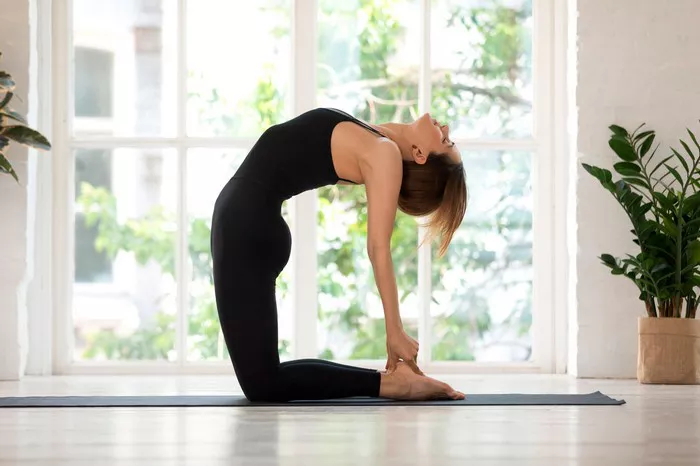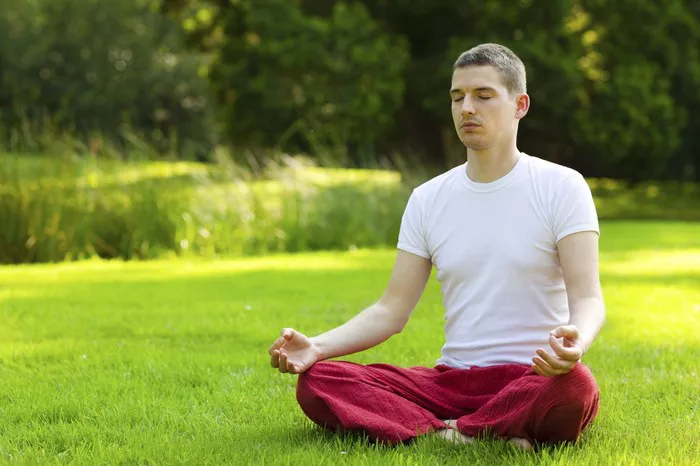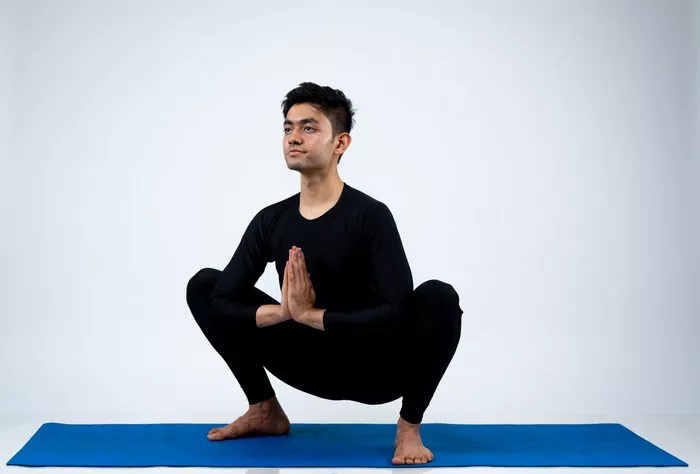Yoga is a holistic practice that has been around for thousands of years, offering benefits for the body, mind, and spirit. For beginners, yoga can feel both exciting and intimidating. One common question that arises when starting yoga is: How often should I practice to see results? The frequency of your yoga practice is essential, as it determines how quickly you’ll develop strength, flexibility, and mindfulness. However, it’s important to remember that yoga is not a “one-size-fits-all” practice, especially for those who are just starting. In this article, we will discuss how often beginners should practice yoga, considering factors like physical ability, goals, and personal lifestyle. We’ll also explore the best way to structure your sessions to ensure gradual progress and avoid burnout. Whether you are completely new to yoga or returning after a break, this guide will help you determine the optimal frequency for your practice.
The Importance of Consistency for Beginners
When you first start practicing yoga, consistency is one of the most important factors for success. Yoga is a skill, much like any other form of exercise or personal development. It takes time to build strength, flexibility, and mental clarity, and the best way to achieve those results is through regular practice. As a beginner, it’s generally recommended to aim for two to three yoga sessions per week. This allows your body enough time to recover between sessions while still helping you progress steadily. Too many sessions in a week, especially when you’re just starting out, can lead to fatigue or injury, whereas too few might cause slow progress or diminish your motivation.
A consistent practice of two to three sessions per week helps build a solid foundation. It gives you enough time to familiarize yourself with basic poses and sequences, master breathing techniques, and understand the principles of alignment. Starting at a moderate frequency also allows you to listen to your body’s needs without overloading yourself physically or mentally. Each session should ideally last between 30 to 60 minutes, depending on your energy levels and goals. Over time, as your flexibility and strength improve, you may gradually increase the frequency of your sessions, but in the beginning, focus on building consistency rather than intensity. Yoga is a lifelong practice, so it’s essential to approach it with patience and understanding.
Factors That Affect How Often You Should Practice Yoga
While two to three times a week is a general guideline for beginners, there are several factors that can influence how often you should practice yoga. These include your fitness level, goals, and lifestyle. Some beginners might have a higher level of fitness, which means their bodies could adapt to yoga more quickly and they might be able to practice more frequently. If you are already active and have a solid base of strength and flexibility, you might feel comfortable doing yoga three or more times per week, or even daily. However, if you are new to exercise or have any physical limitations, it’s best to start slow and avoid overexertion.
Another important factor to consider is your personal goal for practicing yoga. Some beginners might be interested in yoga for mental relaxation and stress relief, in which case, one or two sessions a week might be sufficient. For others, the goal may be to build strength or flexibility, which may require more frequent practice, such as three to four times per week. Your time availability also plays a role. If you have a busy schedule, practicing yoga twice a week might feel more sustainable, whereas others may have more flexibility in their day and could incorporate yoga more frequently. Ultimately, the frequency of your practice should match your goals, energy levels, and lifestyle. Always remember that quality is more important than quantity—focusing on proper alignment and breath in each session is far more valuable than simply increasing the number of practices.
Yoga for Flexibility, Strength, and Mindfulness: Tailoring Frequency to Your Goals
One of the most common goals among beginners is to increase flexibility. Yoga is an excellent tool for achieving this, but it’s important to approach it thoughtfully. Flexibility improvements generally require consistent and gentle stretching over time. If your primary goal is to enhance flexibility, aim for three sessions per week, but keep your practice light and focus on gentle stretching poses like forward folds, lunges, and seated stretches. These poses help lengthen and open up the muscles without putting undue strain on your body. If you find yourself craving more, consider adding shorter sessions of stretching or restorative yoga on alternate days, as long as you don’t push yourself too hard.
Strength-building in yoga, particularly core, arm, and leg strength, also takes time and consistent effort. Poses like Plank, Downward Dog, Warrior, and Chair are great for building strength and stability in the body. If your goal is to gain strength through yoga, you might want to aim for three to four sessions per week, focusing on a mix of more challenging poses with a balance of rest and recovery. Strength-building sessions should include dynamic movements to challenge your muscles, while still leaving room for restorative practices to prevent overuse injuries. Remember that yoga is about finding balance, so while strength is important, so is allowing your body time to recover and rebuild.
Listening to Your Body: Avoiding Overpractice and Burnout
When you begin practicing yoga, one of the most valuable skills you can develop is the ability to listen to your body. It’s easy to get excited about the potential benefits of yoga and push yourself to practice every day, but this can lead to burnout and even injury. For beginners, yoga should feel like a gradual and enjoyable process, not a race or competition. If you push too hard, you may become discouraged or injure yourself, which can lead to setbacks in your progress. Rest is just as important as practice in the journey of yoga. Taking breaks and allowing your muscles to recover will not only help prevent injury but also enhance the benefits of your practice.
The key to finding the right frequency of practice is understanding your body’s signals. If you’re feeling sore or fatigued after a session, it’s okay to take a day off to rest and recover. On the other hand, if you’re feeling energized and ready for more, a light practice such as a short flow or gentle stretches can complement your recovery. Yoga is a lifelong practice, and the goal is not to push yourself to the limits every day but to create a sustainable routine that works for you. As you gain more experience and your body becomes more accustomed to the practice, you can gradually increase the frequency of your sessions. However, always ensure that you are practicing in a way that honors your body’s limits and needs.
See Also: Does Yoga Change Your Body?
Gradual Progress: How to Increase Frequency Over Time
As you become more comfortable with yoga, you might naturally want to increase your practice. It’s important to do this gradually, without overloading your body. For example, after consistently practicing yoga for several months, you might feel ready to add a fourth session into your weekly schedule. When doing this, consider adding variety to your routine to avoid plateauing. You can alternate between more intense sessions and gentle, restorative practices to keep your body challenged yet balanced. You might also explore different types of yoga—such as Hatha, Vinyasa, or Restorative—each offering different benefits and intensities.
It’s also a good idea to revisit your goals periodically. If your goal is to improve strength, you may choose to incorporate more active forms of yoga, such as Vinyasa or Ashtanga, which focus on dynamic movements and building muscle. If flexibility is your primary goal, continue with your gentler practices that prioritize stretching. As you progress, you may also want to explore the mental aspects of yoga, such as meditation, pranayama (breathwork), or mindfulness practices, which can add depth to your practice and help you connect more fully with your body and mind. Just remember, progress in yoga is not about speed; it’s about sustainable growth, consistent effort, and respect for your body’s needs.
Conclusion
For beginners, the ideal frequency of yoga practice depends on a variety of factors, including your fitness level, goals, and available time. As a general guideline, practicing yoga two to three times per week is a great starting point. This frequency allows for enough recovery time while still building strength, flexibility, and mindfulness. Over time, as your body adapts, you can gradually increase the frequency of your sessions based on your progress and personal goals.
Most importantly, yoga is a practice of patience and mindfulness. Listen to your body, respect your limits, and focus on making gradual progress rather than striving for perfection. By doing so, you’ll not only improve your physical health but also experience the mental and emotional benefits of yoga. Whether you practice once a week or every day, consistency and mindfulness are key to unlocking the full potential of yoga in your life.
You Might Be Interested In:























